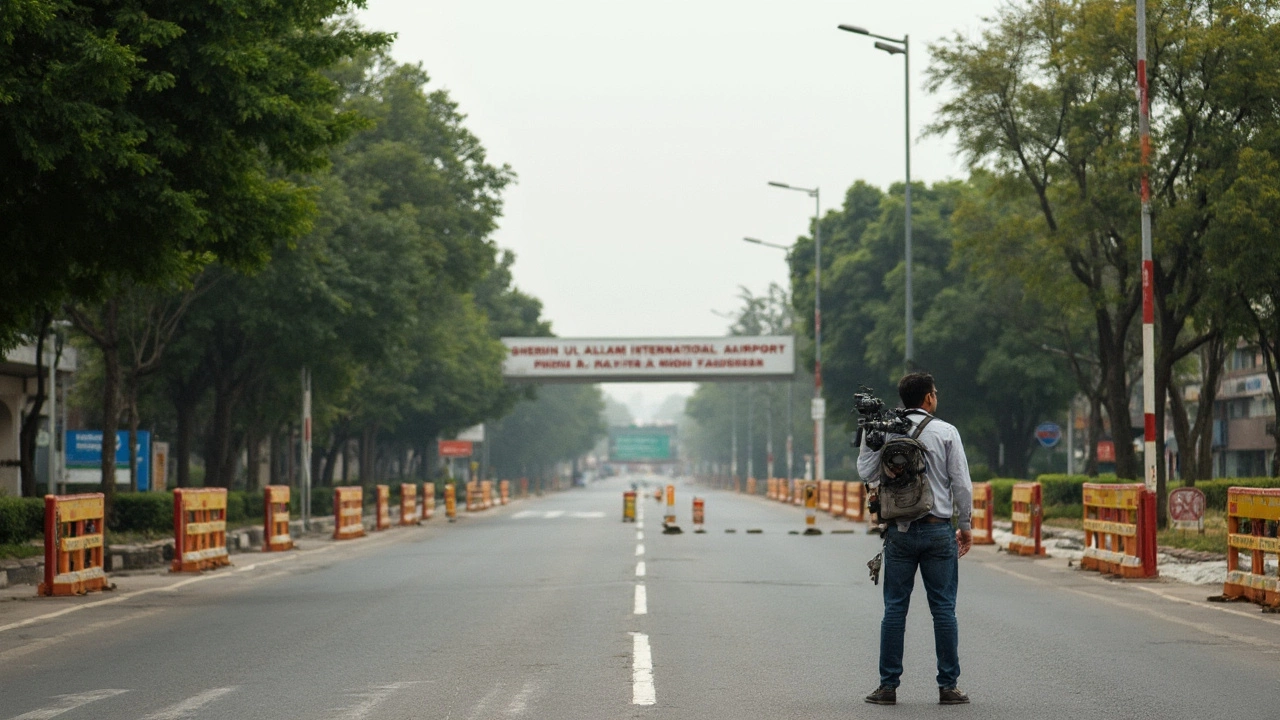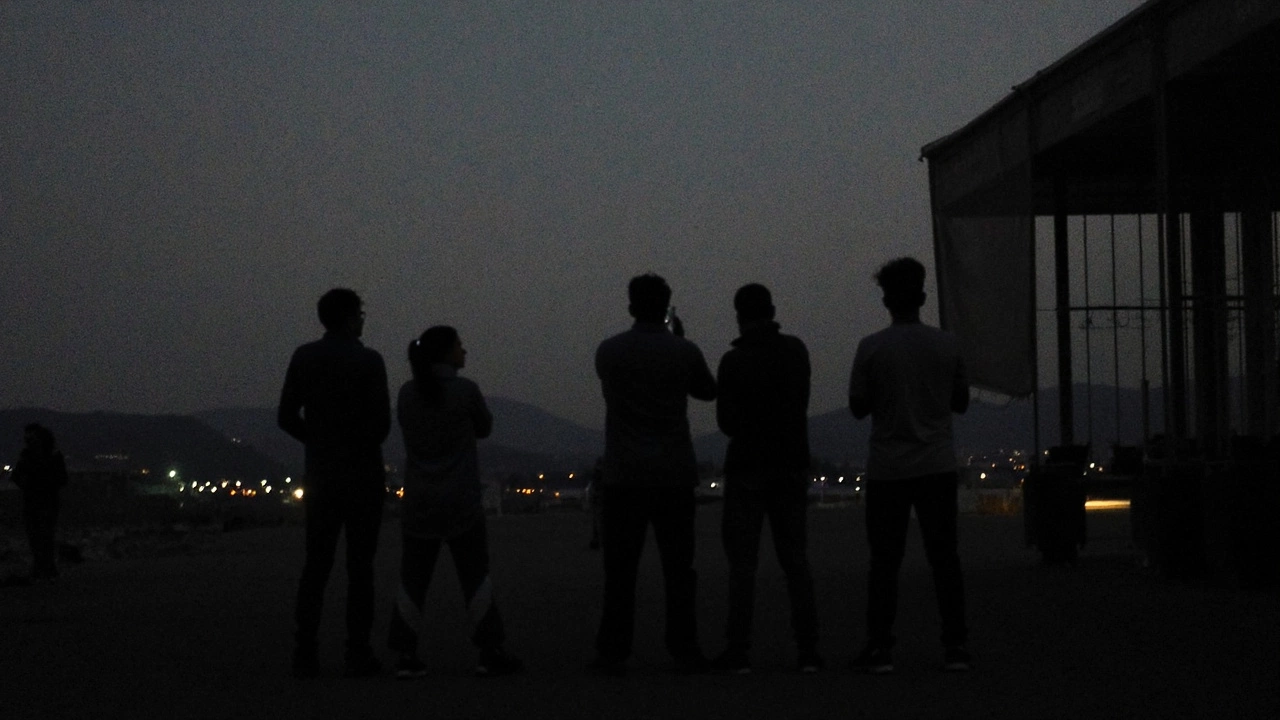Explosions Shake Srinagar in Night of Tension
Residents of Kashmir barely slept on the night of May 9, 2025, after Srinagar Airport and several surrounding neighborhoods echoed with at least ten explosions. Electricity snapped off without warning, air raid sirens split the silence, and families huddled in fear as the sound of blasts rolled across areas like Badamibagh and Baramulla. It wasn’t a lightning storm—these were coordinated attacks in a region trapped in the middle of another India-Pakistan crisis.
This all began on April 22 with a deadly terrorist assault in Pahalgam. India’s military answer came swiftly on May 7, as fighter jets crossed into Pakistan and targeted alleged terror bases in Pakistan-occupied Kashmir (PoK). Two days later, Srinagar locals found themselves ducking for cover as fresh violence exploded around them. Power lines fizzled out just moments before the first explosion, amplifying the chaos. Neighbors described seeing drones—or strange bright flying objects—crossing the night sky right before the mayhem started. Panic spread as families rushed to basements and phone networks filled with calls and messages from people checking on their relatives.

Military Blame, Warnings, and a Clash of Narratives
In Islamabad, officials rushed to state their side of the story. According to Pakistan’s military, Indian missiles and drones struck or tried to strike three major airbases: Nur Khan, Murid, and Rafiqui. On the Indian side, the government refused to confirm any attacks inside Pakistan, sticking to the narrative about targeting terrorist infrastructure in PoK. The lack of independent evidence left international observers scrambling to figure out what really happened and what was mere saber-rattling.
Prime Minister Narendra Modi doubled down on tough talk, promising to "hunt terrorists and those who help them to the ends of the earth." The message was clear—no retreat, no leniency. But Pakistan’s Defense Minister Khawaja Asif pushed a different line, suggesting India was orchestrating a “false flag” attack to justify future action and warning that any escalation could spiral into "all-out war." With both countries trading sharp accusations, the stakes on the subcontinent shot up overnight.
But the drama wasn’t limited to Srinagar and public statements. On the Line of Control, traditionally a hotspot, heavy shelling broke out in at least five sectors—Akhnoor, Gurez, Uri, Hamirpur, and Pallanwala. Explosions and gunfire became the grim soundtrack as military outposts braced for incoming attacks. The Awantipora airbase, critical for defending Kashmir’s southern approaches, saw suspected drone strikes. While no major casualty figures were immediately released, defense analysts worried this level of escalation hadn’t been seen for years.
Back in homes across Kashmir, people tried to make sense of what would come next. Schools in cities like Srinagar and Baramulla remained shut. Markets stayed closed. Rumors ran wild, and every low-flying plane or power outage set off fresh anxiety. While leaders traded warnings and accusations, Kashmiris watched the horizon and wondered how many more nights they’d spend sheltering from explosions rather than sleeping in peace.

Write a comment